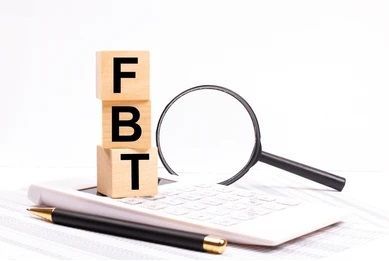Building a Brand Identity to Standout in a Competitive Market
Some major businesses are able to ‘capitalise’ their brands. That means the brand has been valued and included as a balance sheet asset.
Most businesses don’t go to those lengths… but leaders who build valuable brands usually have a better chance of standing out and attracting customers and partners.
Let’s look into what makes a valuable brand.
1. Appealing core values
Values underpin brand identity. They signal what drives your decision-making, what is non-negotiable, the causes you support and the connections you cherish. Leaders should define what fundamentally matters to them and express this in a few words or short phrases. Examples include creativity, innovation, boldness, excellence and fun!
Refer back to these values when presenting the business or when making significant business decisions. If your values resonate with your target audience, you’re on your way to building a valuable brand.
2. Uniqueness
Standing out is really important, provided it’s not ‘being different for the sake of being different’. Be proud of your ‘real’ self rather than telling people what you think they want to hear. Embrace any ‘peculiarities’ instead of trying to hide them. Authenticity builds valuable brands.
3. Excellence
This refers to what you are really good at and combines your passion and mastery. You’ll be highly energised when working in your area of excellence and it will always be easy to ‘make the effort’ and overcome obstacles, which are components of brand power.
4. Enjoyment
There are probably things you love learning and talking about. This provides clues on what should underpin your brand. Enthusiasm inspires and captivates others; perfect ingredients for a powerful brand.
5. A niche
A brand is not meant to be for EVERYONE. It’s meant to be for a VERY SPECIFIC SOMEONE that you understand and know you can help. Specialisation makes for powerful branding, even if that means being a big fish in a small pond. Be the ‘go-to-person’ when a very specific need arises.
This differentiates your business and brand from the competition.
6. Visual depiction
Brands are communicated by what you say and HOW you present them. That’s why designers focus on colors, fonts, style-guides and so on, which convey an emotive identity. For example, bright colors may suggest ‘fun’ and ‘innovation’ while dark colors might suggest ‘exclusivity’.
7. Content strategy
Be consistent with the message. Get attention, then build trust by offering something of value. Stick to your niche and repeat concepts to drive them home. Include a call to action and let prospects know how they can benefit from an association with you.
8. Rivals (and friends)
Worthy competitors help you do better. Know what your rivals are saying and how you are different.
Find like-minded counterparts who could be allies. There could be potential for collaboration, especially where they operate in complementary spaces. Join together with kindred spirits to cross-promote and widen your reach. Who we associate with is part of our brand.
9. Anticipate the future
Even if you’re comfortable with where you are now, describe your vision for the future, whether that’s impact, lifestyle, legacy or community. If your proposed journey is compelling, people will want to get on board. Show what is possible and demonstrate your progress towards that endgame.
The post Building a Brand Identity to Standout in a Competitive Market appeared first on Green Taylor Partners.
More GTP Articles






